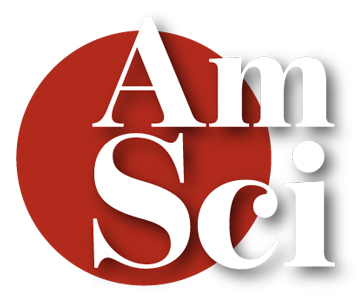
Gary S. Settles
Gary S. Settles is professor of mechanical engineering and director of the Gas Dynamics Laboratory@The Pennsylvania State University. He earned his Ph.D. in 1976 from Princeton University. He is the author of Schlieren and Shadowgraph Techniques (Springer, 2001). Address: 301D Reber Building, Pennsylvania State University, University Park, PA 16802. Internet: gss2@psu.edu